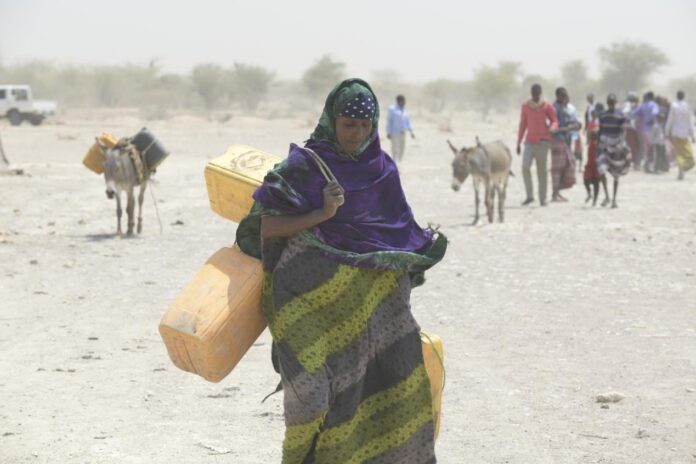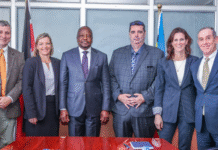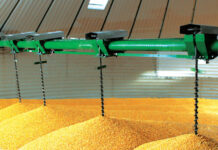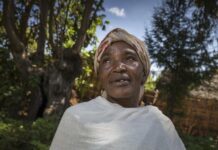With the negative impacts of climate change becoming more frequent and severe, including devastating droughts and floods affecting the poorest rural communities in the Horn of Africa, Pakistan, and most recently Nigeria, the International Fund for Agricultural Development (IFAD) is calling for urgent and increased financing to support hundreds of millions of small-scale farmers adapt to climate change.
“Many rural communities don’t have a choice, they need to adapt now or risk severe food insecurity in the future. We must act today as the window to help rural people adapt, survive and protect their communities is rapidly narrowing. It is our collective responsibility to respond immediately,” said Alvaro Lario, President of IFAD.
Small-scale producers are essential to global food security but only receive 1.7 percent of climate finance – though they produce one-third of the world’s food overall. Many of the 3 billion people living in the rural areas of developing countries rely on small-scale farming for their food and livelihoods. Yet, they are disproportionally affected by frequent and intense extreme weather events and the overall effects of global warming. Crop yields are predicted to fall by up to a quarter by the end of the century. In some cases, yields could drastically drop by up to 80 percent as shown by case studies that IFAD commissioned last year.
In 2021, as many as 828 million people have suffered from hunger in part due to the devastating effects of climate change. In the Horn of Africa, at least 36 million people are affected by the region’s worst drought in 40 years. Two districts in Somalia are at risk of imminent famine. In Pakistan, the devastating impact of the floods raises fears about increased food insecurity in the months to come, with damages and loss in the agriculture and livestock sector estimated at US $3.7 billion.
“I am urging global leaders to live up to the commitment made to at least double financing for adaptation. I am also urging them to make substantial efforts to bridge the growing gap between the needs of small-scale farmers and the financing currently available,” added Lario.
According to the United Nations Environment Programme (UNEP) Adaptation Gap report (2022) released today, it is estimated that the adaptation finance needed will increase to as much as US $340 billion per year by 2030. Today adaptation support stands at less than one-tenth of that amount and the adaptation finance gap continues to widen.
To address the urgency, IFAD is stepping up its efforts to channel more climate funding to the rural areas of developing countries, in particular by acting as an aggregator of development finance from various sources. IFAD is committed to dedicating 40 percent of its core resources to climate action, focusing on adaptation, for the period 2022-2024 – up from 35 percent today. The Fund is also significantly scaling up partnerships with the Green Climate Fund, Global Environment Facility and the Adaptation Fund to mobilize additional funds.
IFAD is also developing new financial mechanisms to mobilize private-sector funding. Last June, IFAD issued its first Sustainable Development bonds becoming the first United Nations Fund and the only UN body other than the World Bank Group to enter capital markets.
Between 2019-2021, IFAD committed US $1.2 billion in climate finance, most of it for adaptation activities through its regular programming and ASAP+, a multimillion-dollar climate adaptation fund for small-scale farmers. IFAD has been investing in helping small-scale farmers adapt to climate change for more than a decade.
IFAD-financed projects support a variety of climate adaptation techniques, such as drought-tolerant crops, climate-smart irrigation and include techniques that are nature-positive such as agroecology, agroforestry, and improved soil management. Farmers can also utilize early warning systems, climate-resistant infrastructure (such as post-harvest storage and submersible roads) and insurance products that help protect their investments from extreme weather events. Many practices provide both adaptation and mitigation benefits, by storing carbon or reducing emissions.









